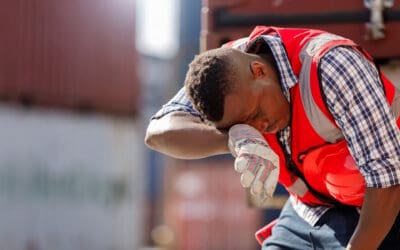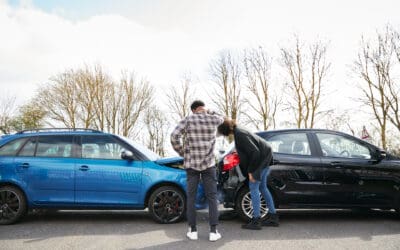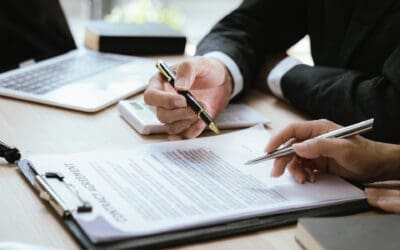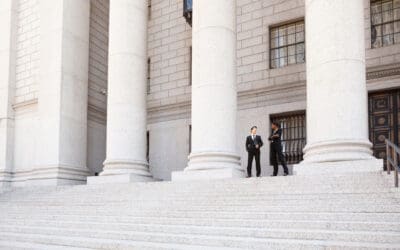Introduction:
When it comes to train accidents, determining liability can be complex. Unlike in typical car accidents, trains operate on fixed tracks and are governed by a distinct set of rules and regulations. One critical question often arises in the aftermath of such an accident: Is the train driver liable if a train hits someone? Here are some of the factors that influence liability in these unfortunate circumstances.
Understanding the Role of a Train Driver
Train drivers, also known as engineers, have a critical responsibility to operate the train safely, adhere to speed limits, obey signals, and be vigilant for any potential hazards on the tracks. However, the nature of train operation means that they cannot stop or maneuver the train as quickly or easily as a car. Trains require a significant distance to come to a full stop, which complicates the issue of liability in the event of an accident.
Factors Influencing Liability
- Location of the Accident:
- Designated Crossings: If the accident occurs at a designated railroad crossing, several factors come into play. Were the warning signals functioning correctly? Were the crossing gates down? Was the person attempting to cross the tracks legally? If the train driver adhered to all safety protocols, it is less likely that they would be found liable.
- Trespassing: If the individual was trespassing on the tracks, liability might shift significantly. Trains have the right of way, and pedestrians or vehicles should not be on the tracks outside of designated crossings.
- Driver’s Conduct:
- Speeding or Negligence: If the train driver was speeding or failed to adhere to safety protocols, they could be found liable. However, proving this requires thorough investigation and evidence, such as black box data and witness testimonies.
- Inattention: If the driver was distracted or failed to take necessary action upon seeing a person on the tracks, liability might be considered. Yet, due to the significant stopping distance required, proving inattention directly leading to the accident can be challenging.
- Safety Measures and Maintenance:
- Railroad Company’s Responsibility: The railroad company is responsible for maintaining the tracks, signals, and crossings. If an accident occurs due to faulty equipment or poor maintenance, liability may rest with the company rather than the driver.
- Training and Policies: Ensuring drivers are adequately trained and following strict safety protocols is crucial. If an accident is due to insufficient training or lax policies, the company might be held accountable.
- Pedestrian or Motorist Behavior:
- Impairment or Recklessness: If the person hit by the train was under the influence of alcohol or drugs, or if they acted recklessly, it could absolve the driver of liability. Investigators will look into the behavior and state of the individual involved in the accident.
Legal Proceedings and Determining Liability
In the aftermath of a train accident, a thorough investigation is conducted. This includes examining the scene, reviewing train logs, interviewing witnesses, and analyzing data from the train’s black box. Both the train driver and the railroad company are typically scrutinized to determine the cause of the accident and any potential negligence.
Conclusion:
While the train driver’s role is critical, determining liability in train accidents is rarely straightforward. It involves assessing multiple factors, including the location of the accident, the driver’s conduct, the railroad company’s safety measures, and the behavior of the pedestrian or motorist. If you or a loved one has been involved in a train accident, consulting with a personal injury attorney can help navigate the complexities of these cases and ensure that all responsible parties are held accountable. Call SWLA Injury Attorneys at (337) 419-SWLA to learn more about how we can help.











